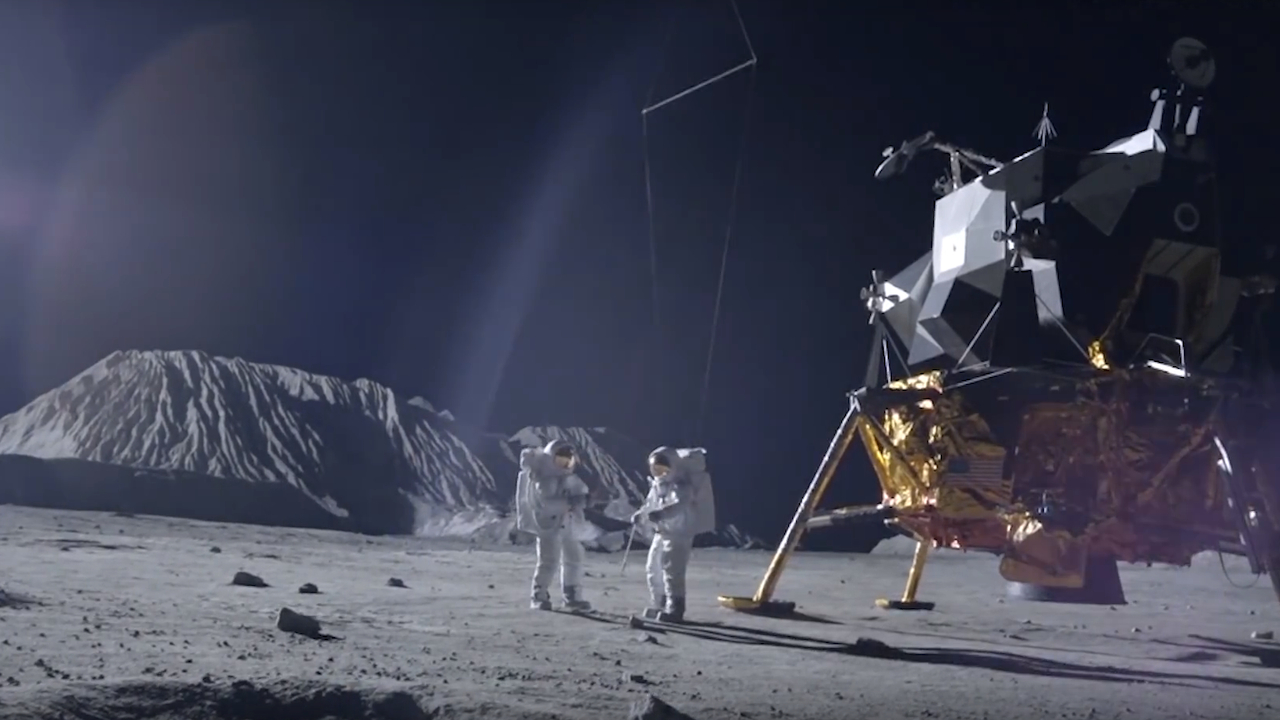

UNESCO Atlas of the World's Languages in DangerĪn old dream came true on 21 July 1969, when the two American astronauts, Neil A.MGIEP - Mahatma Gandhi Institute of Education for Peace and Sustainable Development.IESALC - International Institute for Higher Education in Latin America and the Caribbean.IITE - Institute for Information Technologies in Education.IICBA - International Institute for Capacity-Building in Africa.IBE - International Bureau of Education.ICTP - International Centre for Theoretical Physics.IIEP - International Institute for Educational Planning.UNEVOC - International Centre for Technical and Vocational Education and Training.


Advancing the 2030 Sustainable Development Agenda."When you see the moon, you remember the story you heard when you were a kid and you pass it on. "Things in the natural world are the hints and clues for the story," Mayor said. "The night sky is one of the greatest storytelling panoramas," said Adrienne Mayor, a science historian at Stanford University in California who studies how ancient cultures interpreted data and derived meaning from the natural world. But through the ages, what civilizations perceived in the moon's face took on greater significance, in the preservation of cultures, origin stories, and beliefs. In scientific terms, what a moon-gazer sees may come down to brain wiring. "The reason why it's so easy to see meaningful things in nonsense shapes is that those nonsense shapes have a lot of the same features as meaningful things." "Although we see the world as this very structured, object-containing environment, it's really just a bunch of random lines and shapes and colors," he said. Seeing faces and figures is merely a consequence of the brain's tendency to match stored information with new stimuli. To triumph in strange places, Voss says, the brain must be able to quickly process unfamiliar visual stimuli-like new shapes and lines-and figure out what's worth paying attention to. Think of the human brain as a flexible, all-purpose machine meant to succeed in whatever random environment it inhabits. Perhaps recognizing faces, even in vague shapes, was evolutionarily advantageous, Sagan suggested: "Those infants who a million years ago were unable to recognize a face smiled back less, were less likely to win the hearts of their parents, and less likely to prosper," he wrote. Why do our brains do this? In The Demon-Haunted World: Science as a Candle in the Dark, astronomer Carl Sagan offered a possible explanation. "Your brain is very happy to treat those things as the same thing." "To your visual system, there's no difference between a picture of a frog and some weird collection of dots and lines you've never seen before that vaguely resembles a frog," Voss said. He found that the same areas involved in processing actual, meaningful images lit up when the squiggles were viewed. Voss used fMRI-a neuroimaging procedure that measures brain activity by tracking changes in blood flow- to study the brain regions activated when a person sees the squiggles. "About half end up being meaningful, on average," Voss said. In studies, he has presented research participants with computer-generated squiggly lines-meaningless shapes derived from triangles or circles-and asked subjects whether the shapes resemble something meaningful. Joel Voss, a cognitive neuroscientist at Northwestern University, Chicago, is studying how our brains help us ascribe meaning to otherwise random assortments of shapes and lines. The phenomenon of seeing faces where there are none is a form of information-filling called pareidolia. "We try to find sense in the noise all the time, and we fill things with information." "The brain is really a predictive organ," said Nouchine Hadjikhani, a neuroscientist at Harvard University. In the contours and colors of the lunar surface, people can find meaningful figures for the same reason that we "see" the face of Elvis in a potato chip or Jesus in a grilled cheese sandwich. The dark areas are volcanic-the mare, which is Latin for 'seas.'" "The lighter areas are the mountains, often referred to as the highlands. "When you first look at the moon, you pretty much see light areas and dark areas, and some are more gray than others," said planetary geologist Cassandra Runyon of the College of Charleston, in South Carolina.


 0 kommentar(er)
0 kommentar(er)
